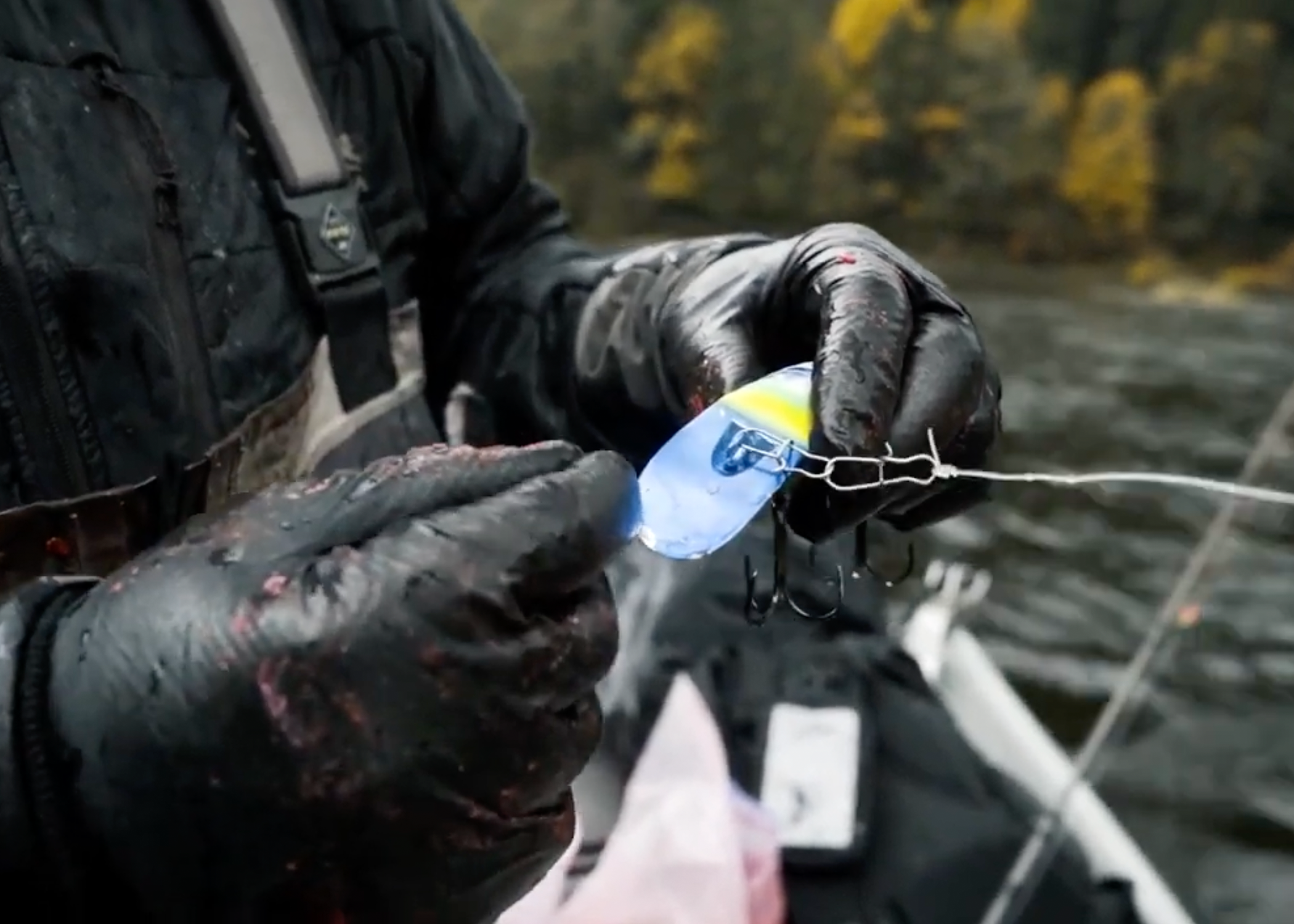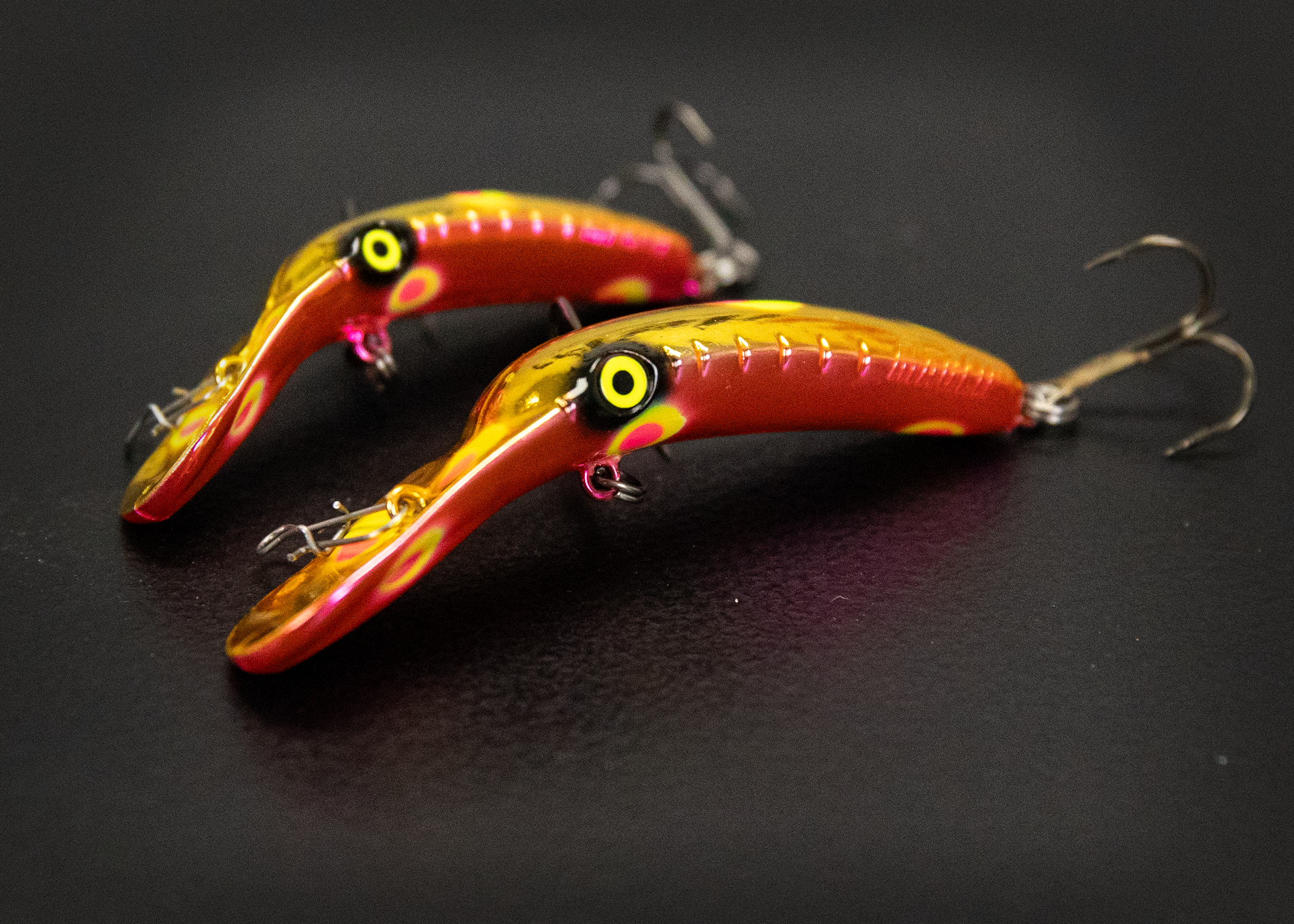Plugging for Steelhead: Complete Boat Control, Gear, Spread, and Tuning Guide
Table of Contents
Why Plugging Works
Essential Gear

Best Plug Styles for Steelhead

The Standard Plug Rig
Boat Control Fundamentals
Setting the Spread
How to Tune a Plug
Reading Water and Picking Lanes
Strike Detection and Hookups
Seasonal Adjustments
Common Problems and Quick Fixes
Safety and Fish Care
Simple Start Plan
Conclusion
Shop Salmon & Steelhead Gear

